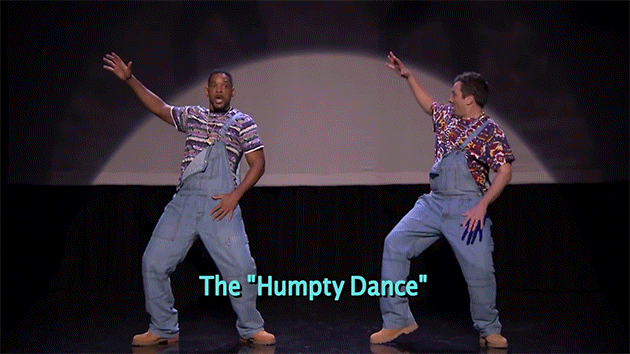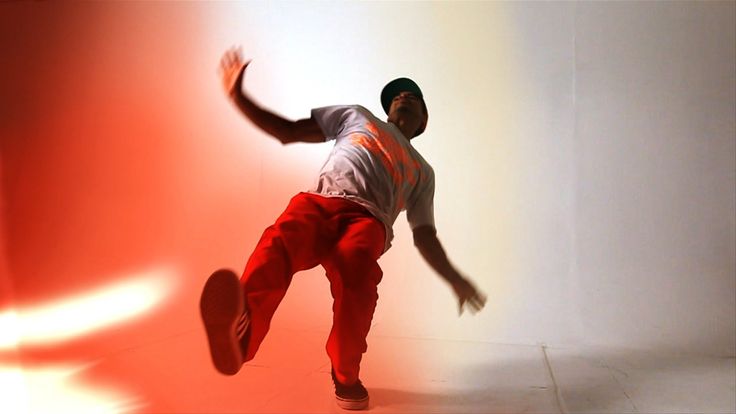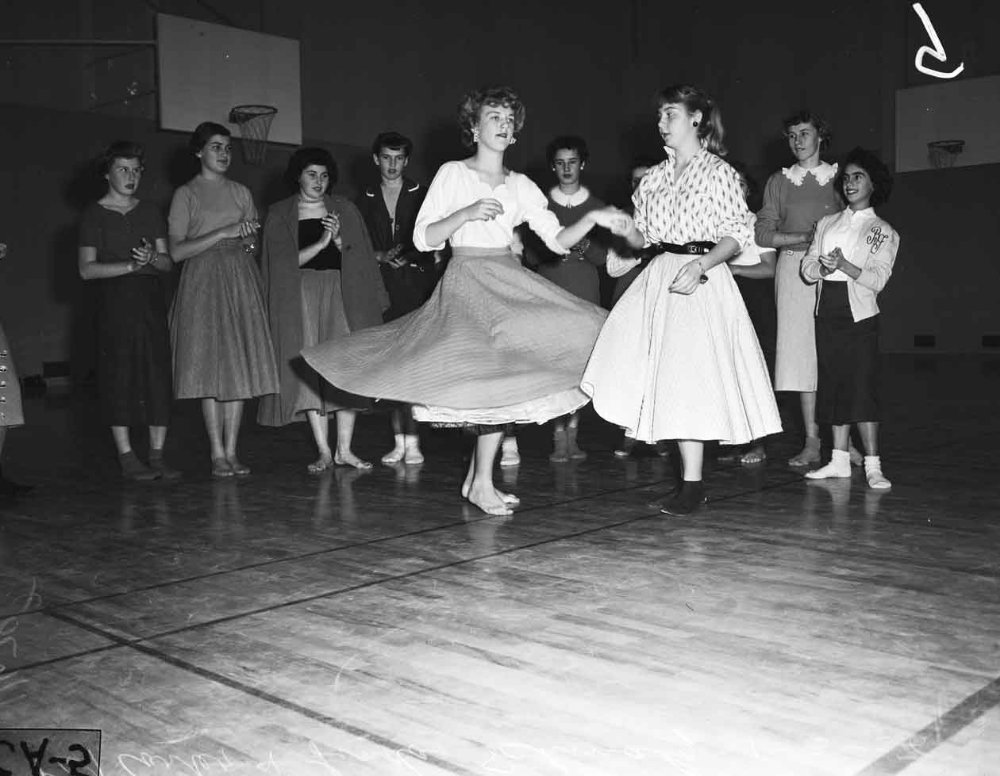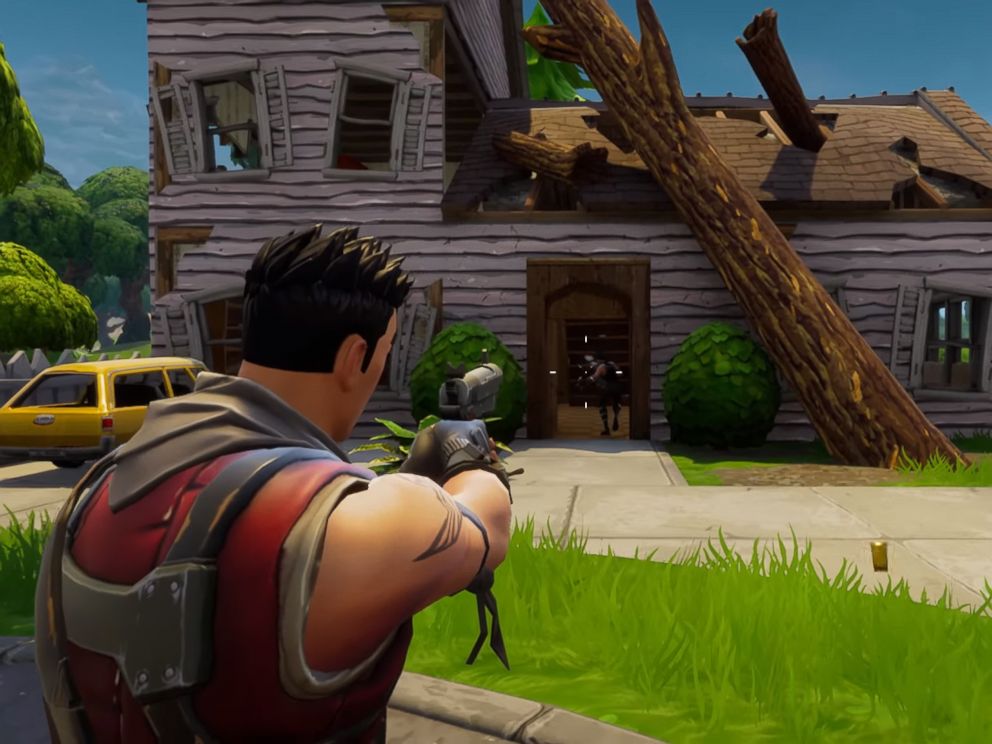Learn how to grind dance
Girls, Learn How to Grind Dance In Minutes, Right Now!
This dance is simple, but its implications are not. It’s quite the package of contradictions: a public display of intimacy, a common sight that retains an air of taboo sexuality, a product of newfound sexual liberty that still perpetuates age-old heterosexual gender roles. Grinding exists wherever young people, pulsing music and alcohol intersect. You can witness it happening in house parties, concert venues, music festivals and clubs with flashing strobe lights. Now, gender roles, silent signals and awkward body-to-body interactions govern the dance floor.
Grinding is a form of dancing that is typically found at a club or a party where a man typically dances behind a woman while they both move their hips in the same circular motion.
Grinding can be a bit intimidating for girls. They may not know how to let a guy know they want to grind, where to put the guy’s hands, or how to move their hips. But don’t worry – grinding doesn’t have to be hard and you don’t have to get too intimate with your dance partner, especially if you don’t know him. If you want to know how to grind with sexiness, class, and style, just follow the next steps.
Another incredible dance technique is the Shuffle Dance. Learn How To Do It In 5 Minutes in our guide here
*note that we’re discussing this type of dancing in the common heterosexual setting between a guy and a girl but this works in any couple situation, and we intend no discrimination or exclusion of anyone.
Photo Credit: Elvert Barnes via Flickr
Where did it start?
Grinding goes back to some cultures in the Caribbean. We can trace it back to hip-thrusting dance moves labelled as “whining,” “wining” or “djuking”.
but it is it’s adoption by the hip hop culture that brought this dance style to mainstream America. It eventually “moved to high school and middle school dances (especially proms) in the US and Canada where there have been cases of administrators attempting to ban it due to its explicit nature” as one Wikipedia entry noted.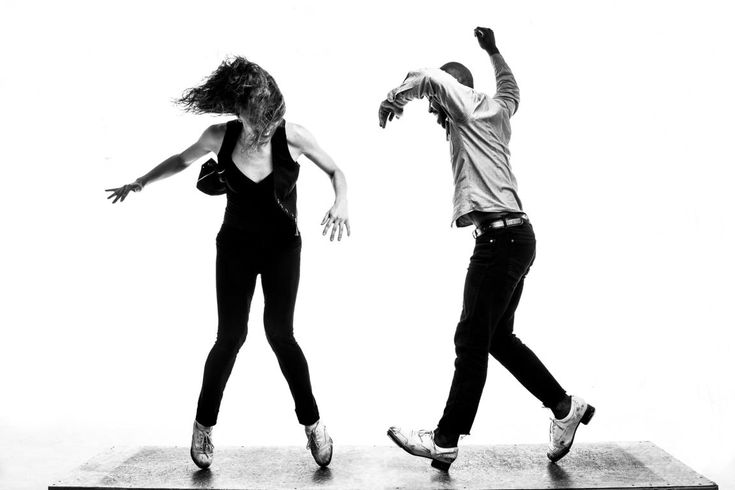
“Everywhere, boys in baggy pants and girls in tight ones gripped each others’ hips, from the front or the rear, and pushed, pushed. Pairs of girls entwined thighs and swiveled low to the ground. Groups of dancers formed “freak trains,” lines of tightly pressed bodies undulating through space.
All the moves had two elements in common: hips and friction.” As this article on Education Week noted back in 2001.
In 2015, a high school principal in Maine cancelled school dances because of students’ dance moves and the, “culture of grinding,” reports CBS Boston. “It is by no means the students’ fault, but the dancing they have witnessed on MTV/VHS/movies involves primarily only sexually suggestive grinding,” Record explains in the letter.
A predecessor to grinding as a sexually charged high-contact social dance was “The Bump”, which was popular in the 1970s, in which the contact between partners generally involved the hips or buttocks of one dancer “bumping” those of the other dancer in temporary contact.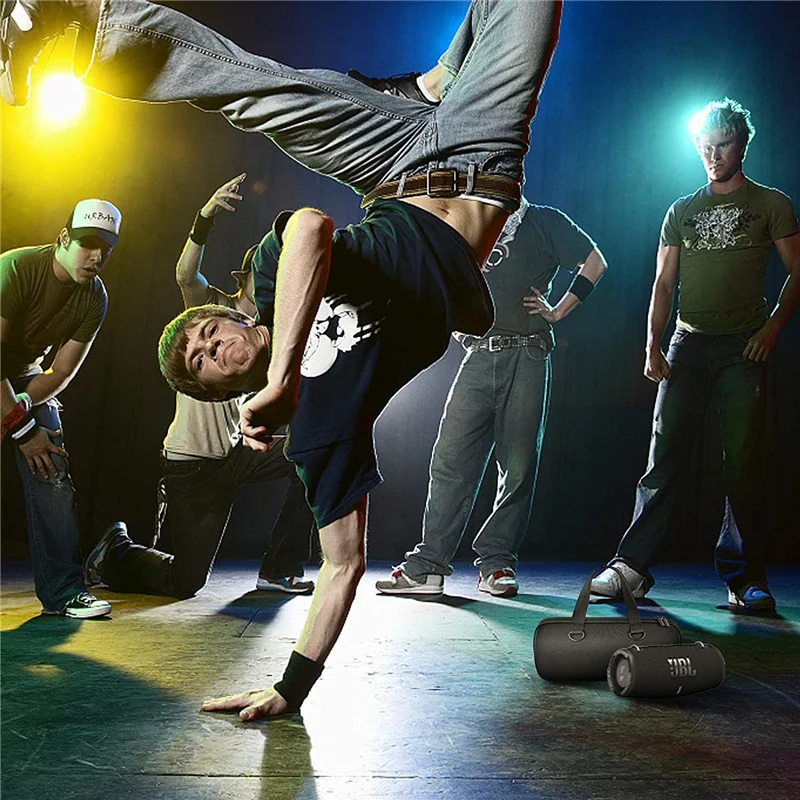 Other predecessor elements of grinding may be attributed to the 1987 film Dirty Dancing, and the famous lambada dance which became famous in the 1980s that featured grinding actions.
Other predecessor elements of grinding may be attributed to the 1987 film Dirty Dancing, and the famous lambada dance which became famous in the 1980s that featured grinding actions.
One additional note to keep in mind is that grinding is a form of dance that overlaps with a multitude of genres. You’ll see hip hop fans grinding, but also on dance music festival grounds with Trap music, Dubstep, and many others sub-genres including EDM.
Time To Learn How To Grind
You need to learn to grind dance (sometimes people call it freak dance or freaking) if you want to be able to get a little freaky on the dance floor. If you’re a beginner and want to know how to grind with a guy, or how to grind with a girl, this is section is for you.
First and foremost we need to mention that sometimes this form of dance will lead to unwanted actions that would happen without the partner’s consent. Please make sure there’s a sort of agreement with the other person before proceeding with such a dance as it is quite intimate in nature as we have just discussed.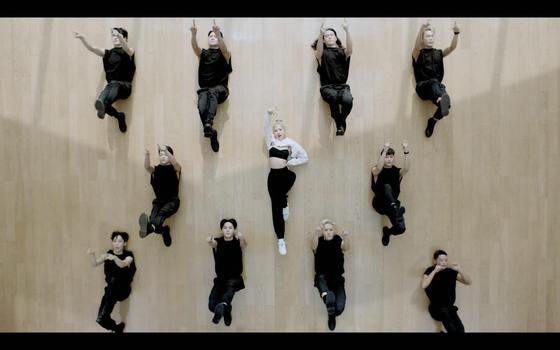
The beginning of the dance
Unless you already know the guy you want to dance with and he’s led you to the dance floor, you’ll have to approach the dance floor on your own first. But if you already have a guy, then you can skip this section. Start by dancing with a friend or two. Someone you trust and from your initial circle. Here, it’s all about doing your own thing and having a good time.
Even when you’ve found your target, avoid looking around desperately. Instead, you’ll make sure the guys see that you’re having a a great time and they’ll come to you. Positivity like this is infectious and you’ll want people who want to be with you on the dance floor. Add to the attraction by showing off your dance moves with your friends. Let the guys see how you can work your body, follow the rhythm and enjoy your time.
Move Closer
Found your guy? Great! Maybe it’s a good idea to lock eyes with him from across the room, this will show your interest without much effort (we’re pretty sure you know what we mean here).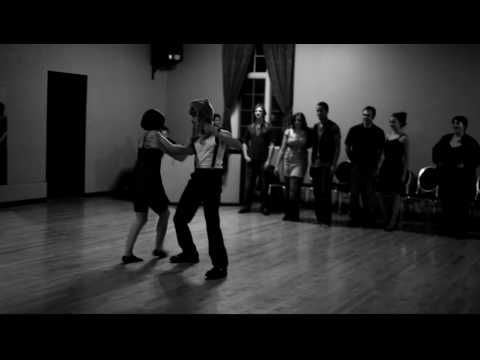 You’ll want to start moving closer to him, do it with the group altogether, that way it will look like a natural, gradual move, and nothing very creepy. Then, it will be a matter of waiting for him to come closer to you, too. If you lock eyes from across the room for one second and then one inch away from him the next, you won’t look cool. So avoid that.
You’ll want to start moving closer to him, do it with the group altogether, that way it will look like a natural, gradual move, and nothing very creepy. Then, it will be a matter of waiting for him to come closer to you, too. If you lock eyes from across the room for one second and then one inch away from him the next, you won’t look cool. So avoid that.
Extra tips to keep in mind: move towards him during the course of a song, it looks better and more natural that way and avoid crowding the guy, so maybe your friends would follow but keep some distance.
At this point, some sort of physical move needs to be done.
Photo Credit: Freepik.com
The Brushing Up
You should look at him and start some sort of interaction with him. Lock eyes with the guy, and maybe even give him a cute smile and then look away. Then, move even closer to him and let your body brush up against his, whether you’re facing him and touching him with your hands, or turning away form him and occasionally brushing up against him.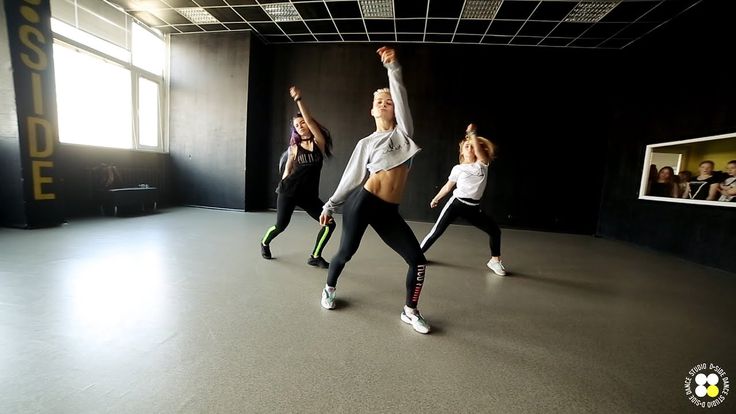 This will communicate your interest and signal to the guy you intend to dance.
This will communicate your interest and signal to the guy you intend to dance.
Begin The Grind Dance
Step in front of him so that you lock eyes and know you’re going to dance with each other. Spend a minute dancing in front of him, moving to the beat, and then slowly begin to turn so he can start dancing behind you and you can officially begin to grind.
First, you have to get in grinding position so step in front, facing away from him. Though you can mix it up once in a while, the typical grinding position is when a guy stands behind a girl. You can leave about a foot between your bodies and don’t have to get incredibly intimate to start grinding (especially if you don’t know him).
Next, both you should bend your knees so that you’re lower to the ground. If the guy is much taller than you, then you won’t have to bend your knees very much. If the guy isn’t much taller than you, however (happens if you’re wearing high heels for example) then you should bend your knees a bit further so he’s a bit above you.
Now it’s time to move your hips and butt in one continuous circular motion, continuing to move from side to side while moving your legs up and down just a bit while keeping your knees bent. If the guy knows what he’s doing, then his hips should find a similar rhythm to yours. Both your hips should be moving in the same direction to the beat of the music.
Feeling bold? Know the guy you’re dancing with? You can touch the guy’s front side with your butt as you move it from side to side. But you can also maintain your distance. There are no obligations, keep in mind this is your move, and the dance is under your control.
The next thing to do is to move your arms and chest to the beat of the music, rotating your arms and chest in the same fluid motion. Look ahead or slightly down as you continue to work your arms and chest while you move your hips. You can bring your arms down so they’re on your knees or near your waist, and wait for the guys hands to land on top of yours or around your waist as you continue to dance.
These are the basics in general. To help make things even more clear and give you extra pointers, we’re providing below some additional training:
Learn These 3 Simple Grinding Moves
Guys, These Important Secrets Are A Must-Know!
What about the guys? Most men are beginners and somewhat clueless when it comes to grinding on the dance floor. The video below will show you some secret moves that will have you grinding with the best of them!
Grinding can be very tasteful and not raunchy at all, dancing partners don’t have to be very touchy while grinding especially when they don’t know each other.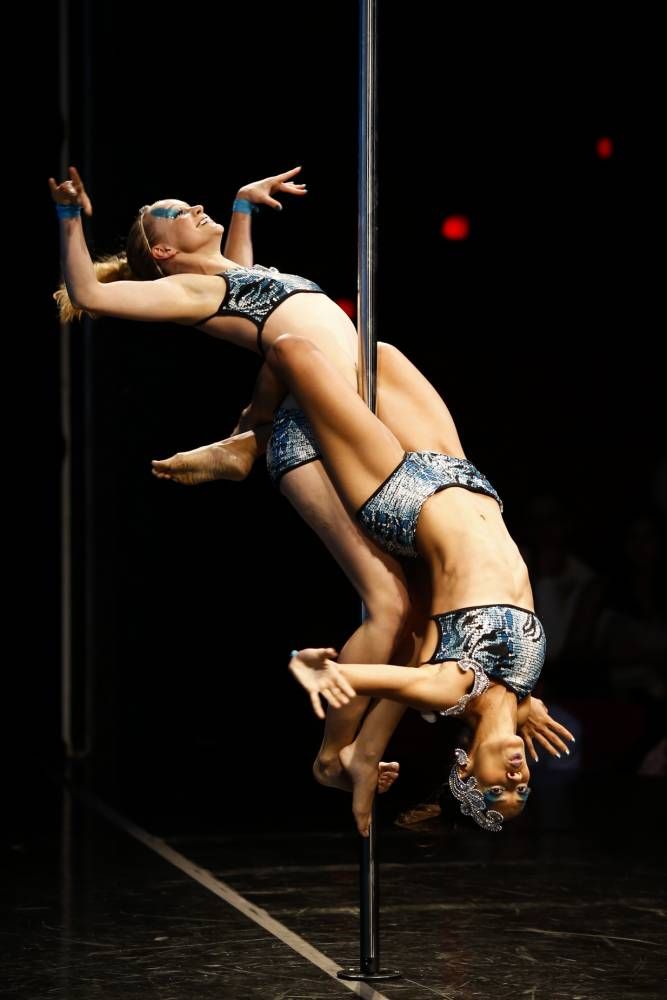 Bottom line, respect each other and have fun!
Bottom line, respect each other and have fun!
Read More on EDM Festival Insider:
Say Bye to Being Shy By Learning to Do the Sensual Grind Dance
For learning grind dance, one needs to do away with inhibitions. Or on the contrary, if one is a shy individual, this type of dance can prove to be a fantastic ice breaker. Scroll down to know how to get those steps right!
Christine was always enthusiastic for dancing. She knew salsa, tango, cha cha and a few more styles. Her favorite was club dancing. She used to impress one and all with her dancing skills. There was however, one thing which she did not have in her dancing kitty. That was how to freak dance or do the grind dance. Seeing the people in a club doing the grind one day, she finally made the decision to learn it.
Has this happened to you? Did you feel something is amiss when you went to a club just because you did not know how to grind dance or what is called freak dancing? Well, that would not happen the next time you go as you would surely be getting to learn it through this text below!
Learn How to Grind Dance
Shall We Dance
You cannot do the grind if you are not with a partner. So when you go to a club or any place where you may do that, a partner is required. The fun begins after you get a partner.
So when you go to a club or any place where you may do that, a partner is required. The fun begins after you get a partner.
Dirty Dancing, Part I
After you get a partner, get into the act and the position. Facing in the same direction, with the guy behind or in front (either ways), one individual’s groin should be in contact with the other’s butt. That is one of the basic things. Then you have to grind or rub your groin and hip area against your partner’s.
Dirty Dancing, Part II
Once you get in the groove, get some flattering and seductive moves in. It is time now to face your partner and straddle in each other’s laps. Ideally the girl supports her weight on the floor using her hands and the partner has to be standing directly behind. He holds her legs or feet up.
Dance with Me
Bending your knees and swaying rhythmically to the music is the next in the line up. Continue with the grinding motions, that is pressing together front to back and back to front. Eventually, the girl should make grinding moves around the crotch of the guy and follow a pattern. It could even be the case that the girl leads off, with hip movements and the guy follows.
Eventually, the girl should make grinding moves around the crotch of the guy and follow a pattern. It could even be the case that the girl leads off, with hip movements and the guy follows.
These are the basic things involved in the process. It is just grinding or rather rubbing your pelvis and groin area onto your partner. There are, of course, variations where a chain of dancers either mixed or single sex dance to the tune or 2 dancers of the same-sex have a member of the opposite sex in between. In case you really want to build up more on how do you grid, here are some grind dancing tips.
Few Tips
Number 1
It is all in the hips my dear gals and guys, particularly for the girls. It is imperative to know how to move your hips in clockwise and counter clockwise movements to the music beats.
Number 2
Another important factor when it comes to grind dance is to pop your shoulders back and forth or up and down. That helps in regulating the beat of the song. It also allows to have better hip movements. Moreover, it is also imperative to keep your moves subtle to avoid coming across as vulgar or slutty or cheap.
It also allows to have better hip movements. Moreover, it is also imperative to keep your moves subtle to avoid coming across as vulgar or slutty or cheap.
Number 3
For a guy, if you ask a stranger to dance with you, it is better to begin standing behind the girl. A stranger would not normally want you to move in closer immediately. Thus, technically it is a better option to play it safe till you are sure that she does not mind and is liking it.
Number 4
A sure shot mantra to be a good grind dancer is to dance a little, move away from your partner. Again come back, do the grind, move away once more. Then do the front grind a bit and then again do the jog together with the guy behind! That will make you an instant hit on the dance floor and will also show that you respect your partner!
All in all, you cannot be shy to learn this dance form. You need to have that spunk in you and one has to be comfortable with such a concept! That is where the last thing comes in and that is to enjoy dancing in this manner! I say adios for now! Meanwhile you go and have a hearty grind!
Like it? Share it!
Uncategorized
Get Updates Right to Your Inbox
Sign up to receive the latest and greatest articles from our site automatically each week (give or take).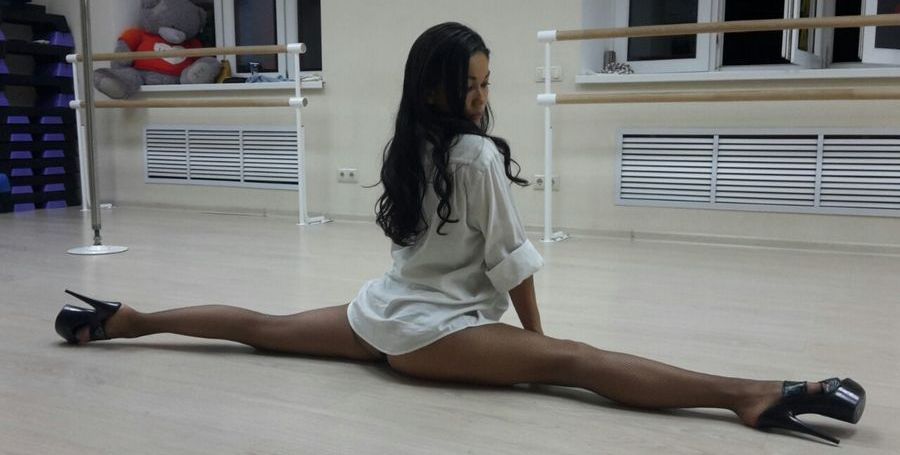 ..right to your inbox.
..right to your inbox.
Email Address *
What does the word twerk mean. Twerk - a dance or a way of seduction? What is twerking
What fashion trends have not been brought to us from the West. One of them was "Twerk ". This word was borrowed from the English slang "Twerk or "Twerking - "Twerking ". This term refers to a dance in which the main movement is made by the hips.
A lot of men took the new dance with a bang, they are ready to watch for hours what pretty girls get up with their asses. It's amazing what you can do with this part body having excellent physical fitness.
Watching the video "Twerk" for the first time "Most men simply drop their jaws, because for the first time in their lives they saw how the hips move in a fast rhythm to the right and left, up and down and go in waves. This is an unforgettable sight.
Compared to the dance "Twerk "Such frivolous and forbidden dances in the past as necks and twists cannot be compared with new poses and frank movements.
You will be amazed, but this dance was banned in several states in the USA. Strange isn't it? freedom of choice
This circumstance added popularity to this sexy dance. One has only to find the video lesson "Twerk "to understand how difficult and energy-consuming this dance is.
To perform a really worthwhile dance, you need to be in excellent physical shape.
Where did the Twerk dance originate?
If we go to Wikipedia, we will find out that most likely this erotic dance originated in the city of New Orleans. Its appearance is associated with hip-hop music, better known as "Bounce music".
The beginning of the mass distribution of "Twerk "is associated with the spread of hip-hop videos, and much later in the mid-2000s, you can even watch video tutorials on YouTube.
"Twerk "is based on ancient African dance traditions that entered the USA along with black slaves. It was with the help of slaves that America became an advanced and wealthy state.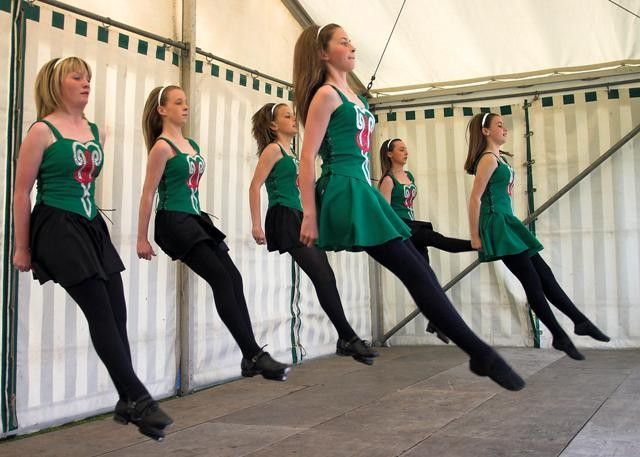
The types of African dances are so diverse and numerous that even African Americans themselves get confused in them." Twerk "is the female part of them, which is based on the vigorous movements of the hips.
B 90 In the s, when this dance was just gaining popularity, singer Miley Cyrus added fame to him, who once said that "Twerk " is, in her opinion, a wonderful and senseless project of the fermentation of the human spirit. "The fact that girls have taken another step towards the feminization of society, when written and unwritten rules are completely rejected, and individual freedom is considered the most basic.
Now it remains for men to do this dance, because they really have something to shock
Who is Miley Cyrus?
This is a popular American singer who was born in 1992 in the small town of Nashville. From an early age she dreamed of becoming an artist and in 12 90,005 years finally fulfilled her dream of getting the lead role in the TV series Hannah Montana. This series brought her first fame and a lot of money.
This series brought her first fame and a lot of money.
She became a singer only in 2007 . Until now, her life flows between Hollywood and concert halls. To date, Miley Cyrus has starred in 16 pictures and recorded 5 albums, wrote a book and took part in seven video clips.
twerk video
Someone considers twerk to be the pinnacle of vulgarity and demands a ban on performing a provocative dance on public stages. Someone, on the contrary, seeks to learn the art of the correct execution of movements and I am sure that this twerk is beautiful, erotic and incredibly useful for the figure. Before deciding whether the style is vulgar or not, and whether it is worth taking twerk lessons, it is advisable to familiarize yourself with the history of the appearance of dance.
A bit of history
In fact, twerk dance appeared more than 20 years ago, and such a musical direction as South American rap became its primary source. In particular, the birth of a new style called "bounce ”, began in New Orleans and Miami in the 90s of the last century.
In particular, the birth of a new style called "bounce ”, began in New Orleans and Miami in the 90s of the last century.
Main difference "bounce ”from popular hip-hop was the presence of obscene lyrics, which was not slow to be reflected in the dance movements, which consisted of rotation with almost open buttocks.
In Russia, the elements "bounce was widely used by go-go dancers in nightclubs. Most likely, the erotic rotation of the hips would not have become widespread among young people if it were not for Miley Cyrus's love for extreme acts. At the MTV Awards in 2013, she showed great body control by performing an incredibly exciting dance filled with hidden subtext live.
Since then, the dance began its triumphant march around the world, gradually becoming an integral part of youth culture. By the way, in order to really make an effect and literally rivet the attention of the audience to her ass, the dancer must have a truly slender figure.
In order for the classes to be held with maximum effect, it is advisable not to neglect the advice of experienced instructors:
By the way, twerk dancing is considered extremely beneficial for health. For example, it allows you to constantly maintain the necessary muscle tone, get rid of the cellulite crust in the buttocks area, improve blood circulation and even reduce the degree of pain during menstruation. After reviewing the recommendations, you can start learning provocative dance.
For example, it allows you to constantly maintain the necessary muscle tone, get rid of the cellulite crust in the buttocks area, improve blood circulation and even reduce the degree of pain during menstruation. After reviewing the recommendations, you can start learning provocative dance.
How to learn to dance twerk: the first way
If you want to master the dance, you need to sit down so low that you can confidently maintain your balance. The feet should be turned out to the sides. Music for twerk is chosen the most groovy. However, it is necessary to start by performing slow movements, as you master the technique, accelerating the pace.
The buttocks are pushed back, as if about to sit on a chair. Hands are placed on the hips. The upper body should be in a straight position, and you should look up in front of you. If you want to repeat Miley Cyrus' scandalous dance, you can lean forward 45 °, transferring your weight to your toes.
Rotate the buttocks back and forth, helping yourself with your thumbs when pushing your hips forward, pressing on the lower back, and with the rest of your fingers when moving back, resting on the hip bones.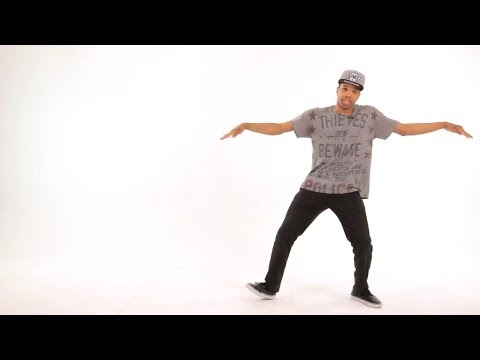 If the use of the hands is not very convenient, it is allowed to simply stretch them out in front of you and, having connected the fingers in the lock, smoothly shake them in time with the movements.
If the use of the hands is not very convenient, it is allowed to simply stretch them out in front of you and, having connected the fingers in the lock, smoothly shake them in time with the movements.
Shake your hips at a fast pace, remembering to keep your back straight.
How to twerk: the second way
Standing, you need to rest your hands on the floor, slightly bending your knees and turning your toes to the sides. It will be great to keep balance for those who are able to rest their palms on the floor in this position.
Shake the buttocks very actively, quickly straightening and bending the legs. You can dance street simple movements, pushing your buttocks back, and then moving them forward. If the glory of Miley Cyrus haunts you, you should try to move the hips along a horizontal line - from side to side.
Lessons at the wall: method three
Stepping back from the wall by about 65 cm, turn the back of the head towards it and assume the desired position.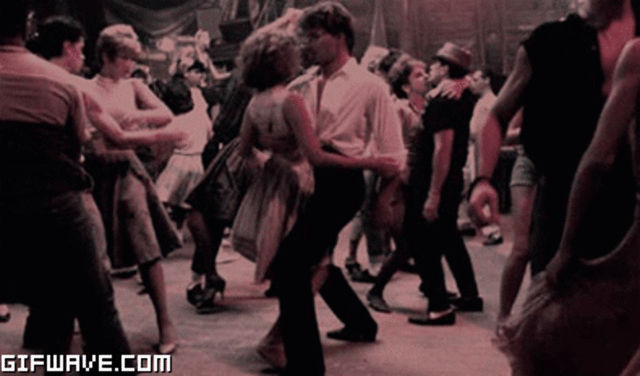 It should be noted right away that this method requires good coordination, therefore it is undesirable to perform even basic movements in a state of light drunkenness, for example, at a party.
It should be noted right away that this method requires good coordination, therefore it is undesirable to perform even basic movements in a state of light drunkenness, for example, at a party.
Hands should rest firmly on the floor with the palms of their hands. In the rhythm of the music, the hips are lifted up as much as possible, the weight is transferred to the hands. They walk up the wall with their feet, bending their knees. They begin to shake their hips and gradually put one, and then the second leg in a straightened position on the wall with a gap between them - 30-35 cm.
The duration of the dance usually does not exceed a minute, since it is necessary to have really strong arms and shoulder girdle to perform the basics. Having finished the dance, the legs are lowered to the floor alternately.
There are different ways to relate to dancing in the style that is popular today. However, it is impossible to deny that training will require excellent physical fitness, maximum patience and desire.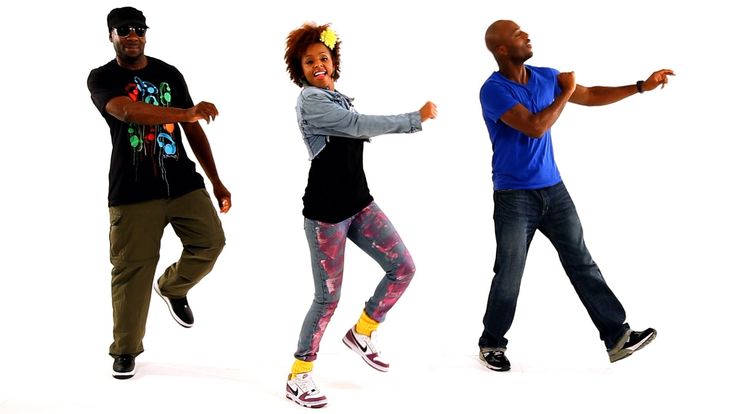
Booty dance and its various manifestations have long ceased to be exotic. Clubs are teeming with schoolgirls who suddenly decide that they are no worse than Miley Cyrus, and provincial dance clubs offer even the most hopeless to learn the secrets of defiant movements, having learned which you can go to the shooting of Nicki Minaj's video. In our new material, we decided to find out where booty dance originates from, which dances focus on the female buttocks and how these primitive movements are gaining popularity in different parts of the planet.
Perhaps one of the first dances, where the buttocks were actively used, was the belly dance, especially beloved by Russian women. He appeared in the Middle East, and references to him are found in the texts of travelers long before the advent of Christianity. It is believed that this dance was a special ritual for ancient women before childbirth: in this way it helped them form a group of muscles that are not involved in ordinary life and relieve pain during childbirth. However, many historians tend to believe that the ancient belly dance has nothing to do with the one that many are used to seeing today, explaining this by the centuries-old domination of Islam, in which the appearance of a woman is incompatible with the image of current dancers. According to this, the modern interpretation of the dance was created at the end of the 19th century in Europe under the influence of Eastern folklore and mythology. An important role in this was played by the demand of the audience of that time for the secret culture of the East shrouded in mystery.
However, many historians tend to believe that the ancient belly dance has nothing to do with the one that many are used to seeing today, explaining this by the centuries-old domination of Islam, in which the appearance of a woman is incompatible with the image of current dancers. According to this, the modern interpretation of the dance was created at the end of the 19th century in Europe under the influence of Eastern folklore and mythology. An important role in this was played by the demand of the audience of that time for the secret culture of the East shrouded in mystery.
A more outspoken version of belly dance and the most real Arabic hip-hop version of booty dance is the so-called Malayah (M "alayah). However, from his predecessor, he adopted, perhaps, only the costumes: all the main attention in the dance is focused on the hips of the dancers, who, in a variety of poses, twist various geometric shapes with them. All this is adorned by an entertainer who collects money from the audience and throws banknotes at the girls during the dance.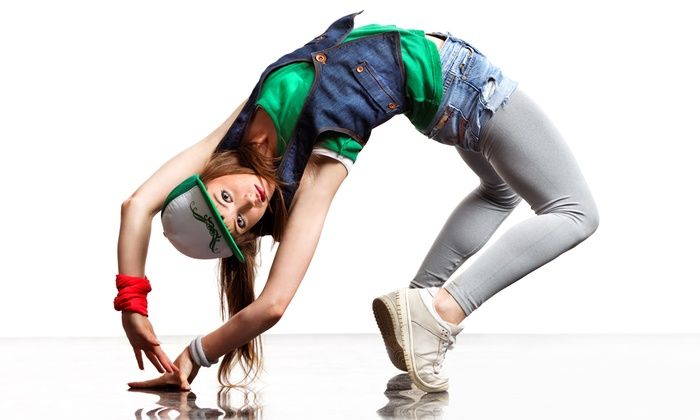 To see the Malayas live, you have to ask for a wedding of a friend who lives somewhere in the Persian Gulf, and also hope that he is not an orthodox Muslim, since the dance, judging by the many comments on YouTube, does not cause positive emotions among the latter.0008
To see the Malayas live, you have to ask for a wedding of a friend who lives somewhere in the Persian Gulf, and also hope that he is not an orthodox Muslim, since the dance, judging by the many comments on YouTube, does not cause positive emotions among the latter.0008
Kvassa-kvassa
Africa and Latin America became another center for the origin of the hip dance. And if in the case of the first we are talking about numerous variations of ritual dances around the fire, the movements in which were something akin to words in non-verbal prayer and manifestations of sexual emotions, then in the second case, the dance of modern South Americans was born as a result of the cultural influence of the conquistadors, who brought into the culture of the scattered tribes of the continent its own flavor.
One of the great-grandfathers of modern twerk from Africa can be considered a dance popular in the 1970s called kvass-kvass. It originates in the Republic of the Congo, from where it spread to other African states.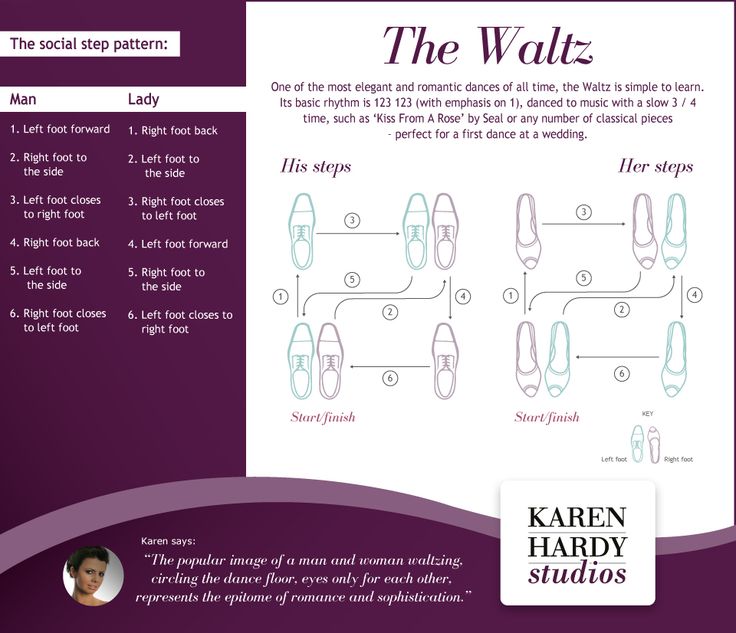
A more provocative version of the African booty dance is the traditional dance of the peoples of West Africa, called mapuka. The main attention in mapuka is focused on the female hips and buttocks, the girls themselves do not even turn to face the viewer during their movements. Some government officials considered the mapuka too outspoken, and, for example, in Côte d'Ivoire in 19In 1998, the public performance of the dance was banned.
Reggaeton
Latin American dances, influenced by Spanish-Portuguese culture, are among the most sensual and emotional; and due to the inexplicable love of South American men for large forms, their women could not help but focus the attention of the audience on their buttocks, which was reflected in many ballroom and folk dances of the inhabitants of the continent and nearby islands.
A symmetrical response to American twerk was the one that appeared in the early 1990s musical genre and reggaeton dance of the same name.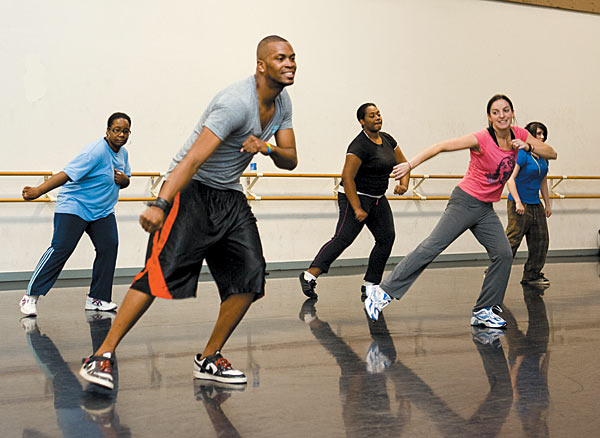 Reggaeton originated in Panama and Puerto Rico, where traditional Jamaican music was first crossed with American hip-hop. Reggaeton quickly became popular among Spanish-speaking countries, as well as migrants living in the United States. Movements in reggaeton are fast rotation and shaking of the hips, if there are two dancers and this is a man and a woman, then it is understood that the woman turns her back to her partner and performs the same movements, touching his crotch.
Reggaeton originated in Panama and Puerto Rico, where traditional Jamaican music was first crossed with American hip-hop. Reggaeton quickly became popular among Spanish-speaking countries, as well as migrants living in the United States. Movements in reggaeton are fast rotation and shaking of the hips, if there are two dancers and this is a man and a woman, then it is understood that the woman turns her back to her partner and performs the same movements, touching his crotch.
However, the nature of the latter movements is rather controversial, since many attribute their birth to the Brazilian lambada, Patrick Swayze's partners in Dirty Dancing and Cuban prostitutes (the authorities of the Island of Freedom for a long time denied the status of the birthplace of this dance), who thus lured tourists with dollars ( for Soviet citizens they didn’t dance like that). The so-called grinding (from the English grind - to grind) and its Latin American synonyms sandungueo and perreo gained incredible popularity due to frank sexuality and quickly spread around the world, reaching discos in Russian schools by the 2000s. Any self-respecting alpha-seventh grader in those days was obliged to hug his classmate (and if you were lucky, then a high school student) and make movements reminiscent of you know what.
Any self-respecting alpha-seventh grader in those days was obliged to hug his classmate (and if you were lucky, then a high school student) and make movements reminiscent of you know what.
Reggaeton, for obvious reasons, caused mixed reviews from many politicians who at various times tried to ban its public performance. For example, Velda Gonzalez, a popular public figure and actor in Puerto Rico and the Dominican Republic, led a whole campaign against this dance, but, as history has shown, he failed.
Daggering
A harder version of reggaeton and its derivatives is a dance called daggering. With all its action, the dance depicts sexual intercourse, and without unnecessary sensuality and sophistication. Moreover, it contains elements of wrestling and various acrobatic moves. The Jamaican authorities tried to ban daggering, tried to limit the spread of music, under which, in fact, this action is performed, local doctors recorded fractures of the male reproductive organs and warned against it, but nothing helped. With the spread of the Internet, people in Europe learned about daggering and even began to hold themed festivals.
With the spread of the Internet, people in Europe learned about daggering and even began to hold themed festivals.
Another South American dance is the Surra de Bunda (Portuguese for “butt kick” or “ass punishment”). Its authors are members of the Brazilian group Tequileiras do Funk. The dance gained attention in mid-2010 and quickly went viral. Its execution requires at least two people, a man and a woman. The man sits down on the floor and stretches out his legs while the girl begins to dance around him. Then she throws both legs over the shoulders of her partner and bends them at the knees to the music.
The most restrained predecessor of today's twerk is bump (from the English bump - blow). The bump got its development thanks to the spread of disco in the USA and Europe in the mid-1970s, namely the appearance of several compositions, such as "The Bump" by the British band Kenny, the disco hit "Lady Bump" performed by Penny McLean and "Give Up the Funk" by George Clinton and the Parliament group. During the dance, the partners collide with each other's hips, all this in modern realities looks harmless enough, but at 19The 70s drew condemning comments from the older generation.
During the dance, the partners collide with each other's hips, all this in modern realities looks harmless enough, but at 19The 70s drew condemning comments from the older generation.
Booty dance in the US has a long history associated, as a rule, with immigrants from South America and African Americans, but the familiar name twerk appeared in the early 1990s. The birth of the word is associated with the hip-hop scene of New Orleans and such a musical genre as bounce (bounce). The word was first heard on DJ Jubilee's "Do the Jubilee All" in 1993. It is believed that the words "twist" and "jerk" formed the basis of the name.
Before the official recognition of the word by the Oxford Dictionary, there were still 20 years left, and the dance itself had just begun to take on its familiar form. An important role in the popularization of twerk is attributed to the hip-hop duo The Ying Yang Twins, who released a video for the song "Whistle While You Work" at the turn of the millennium. Then for the first time about the word, as well as about the movements themselves, which before that, if they had, then a completely different name, they began to speak within the framework of the entire United States. With the beginning of the new century, dance comes out of the underground and ceases to be the prerogative of African Americans. So, in 2006, Justin Timberlake was already singing about twerk, and then other white performers.
Then for the first time about the word, as well as about the movements themselves, which before that, if they had, then a completely different name, they began to speak within the framework of the entire United States. With the beginning of the new century, dance comes out of the underground and ceases to be the prerogative of African Americans. So, in 2006, Justin Timberlake was already singing about twerk, and then other white performers.
In 2009, a channel appears on YouTube, to which many ascribe an important role in the popularization of twerk. On it, two teenage girls who call themselves the Twerk Team show such an artistic performance that it is no longer possible to call twerk an ordinary ass shaking.
The year when the craze for twerk became critical can be considered 2013-q: everyone dances it, from the thin Miley Cyrus, who, it would seem, has nothing to shake, to girls from Siberia.
One can only guess what will happen to twerk in the future. Perhaps the next step will be the creation of a twerk circle at an elementary school or a rural palace of culture.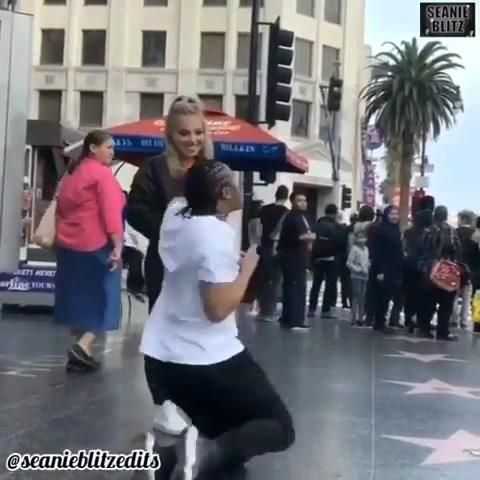 Nevertheless, one can try to explain the craze for the latter by the popularity of hip-hop culture, which since the early 2000s has left the underground and become mainstream, and with it, all the attributes that accompany it have migrated to the baggage of accessories of ordinary white teenagers.
Nevertheless, one can try to explain the craze for the latter by the popularity of hip-hop culture, which since the early 2000s has left the underground and become mainstream, and with it, all the attributes that accompany it have migrated to the baggage of accessories of ordinary white teenagers.
the main thing is the butt
Twerk (Twerk) or twerking (Twerking) - a dance in which the main movement is made by the hips, or rather the booty.
It's amazing how masterfully professionals master this seemingly stationary and inactive part of the body. The twerk video gives an amazing picture of how the “Korma” performed by the dancers walks both left and right, and up and down, and shakes and shimmers ... Just a circus act.
Of course, the movements of twerk, the poses of the dancers are so frivolous and frank that, in comparison with it, all sorts of twists, necks, even hip-hops are minuets of the 18th century. It got to the point that in some states of America, dancing twerk was banned.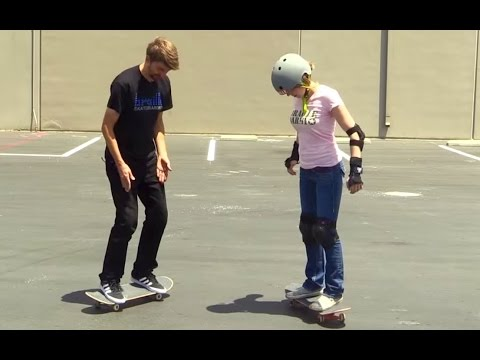 And perhaps that is why the video with twerk lessons is very popular on the Web and many people want to learn how to dance twerk.
And perhaps that is why the video with twerk lessons is very popular on the Web and many people want to learn how to dance twerk.
Twerking is illegal in some US states.
Although this is not easy to achieve. It is enough to look at the twerk video lesson to be convinced of the complexity, and most importantly, the energy consumption, of the dance. To dance twerk, you need significant physical fitness.
Homeland - New Orleans?
According to Wikipedia, the origin of the term "Twerk" ("Twerking") is not clear. It is only known that it originated in the southern United States, perhaps specifically in New Orleans, based on the traditional dance traditions of Africa, which also penetrated North America with black slaves, who were brought there by the millions in the era of the primitive accumulation of capital.
African dances are infinitely diverse, but their female part, and twerk is just a female dance, is based on the actions of the lower body. Twerk originated in the 90s of the last century, became popular thanks to the singer Miley Cyrus, who claims that twerk is “a portrait of a senseless and beautiful fermentation of the human spirit” . As for "meaninglessness" with Miley, it's hardly worth arguing, and "beautiful" is like someone else.
Twerk originated in the 90s of the last century, became popular thanks to the singer Miley Cyrus, who claims that twerk is “a portrait of a senseless and beautiful fermentation of the human spirit” . As for "meaninglessness" with Miley, it's hardly worth arguing, and "beautiful" is like someone else.
Only one thing is clear, the lesson of twerk is that humanity has taken another small step towards absolute freedom, when unwritten rules of behavior, moral laws are rejected, and the principle of permissiveness is put at the forefront. Now it's the turn of the men. They also have something to shake, especially at the sight of a twerk dance.
Miley Cyrus
Famous contemporary American actress and singer. Born in 1992 in the American city of Nashville in an artistic family. At the age of 12, thanks to perseverance and, of course, talent, she got the main role in one of the television series. The series brought her fame and money. Miley Cyrus began performing solo as a singer in 2007. Recently, the actress continues to successfully combine work in Hollywood with performances on stage. In total, Miley starred in 16 films, released 5 albums of songs, took part in the production of seven video clips, and wrote a book.
Recently, the actress continues to successfully combine work in Hollywood with performances on stage. In total, Miley starred in 16 films, released 5 albums of songs, took part in the production of seven video clips, and wrote a book.
Twerk video
Fashionable dances follow each other, and the further, the faster. Every time one hears the dissatisfied grumbling of the fans of the previous dominant trend, who, with invariable persistence, assert that "they have never seen such a disgrace" and "everything was different in their years."
From tango to twerk
Suffice it to recall that tango during its entry into dance culture was considered something obscene and unacceptable for decent young ladies. There were also many disputes around jazz, but they subsided after the appearance of rock and roll, twist and neck. There really is almost nothing to say about disco dancing: older people sighed with joy, seeing such calm in the ranks of young people, but in the mid-eighties, break dancing appeared, which became another challenge to conservatism and a huge help for dance hall cleaners (young people, rolling and spinning, mopping the floors with their own clothes).
And now twerk. This is a sexually provocative dance performed by girls. It has become fashionable relatively recently, although it appeared more than two decades ago. Energetic defiant movements to rhythmic music with ambiguous (and sometimes unambiguous) texts in themselves are nothing new. But there is something that distinguishes twerk from a number of other modern dances - "bumps".
Musical basis
Performing a new dance to old music is not interesting. However, there have never been completely new styles in the world of mass culture; in all cases, a certain continuity was observed. According to many successful promoters, for commercial success, the style must have elements of novelty, but at the same time it must be reminiscent of something that happened before, otherwise the public simply will not understand the revolutionary nature of the idea.
The musical base on the basis of which twerk arose is a kind of rap, typical for the southern states of the USA (Louisiana, Tennessee, Georgia, Florida). The second name is bounce (translated as boasting, and what the dancers boast about will be discussed below). The pioneers of the style in the early nineties were rappers Luke, Wreckx-n-Effect, DJ Jubilee, Cheeky Blakk, Ying Yang Twins and other musicians with hard-to-read and almost unpronounceable nicknames.
The second name is bounce (translated as boasting, and what the dancers boast about will be discussed below). The pioneers of the style in the early nineties were rappers Luke, Wreckx-n-Effect, DJ Jubilee, Cheeky Blakk, Ying Yang Twins and other musicians with hard-to-read and almost unpronounceable nicknames.
The biggest bouncer was Juicy Jay, former lead singer of Three 6 Mafia from Memphis, Tennessee. It was he who recorded the song "Bandz A Make Her Dance", in which he boastfully claims that everyone who hears her sounds will certainly begin to "twerk".
What does the word "twerk" mean
One of the keys to successful promotion of a new musical or dance style is a short, biting and catchy name. This crackling consonance fully meets all the criteria of modern promotional art.
In its morphology, "twerk" is a derivative of the words "twist", that is, torsion, and "jerk", meaning "pull". As in many other cases, the name of the dance in the official sense does not reflect its essence, it has a certain element of esotericism (understanding only by those who know what it is about).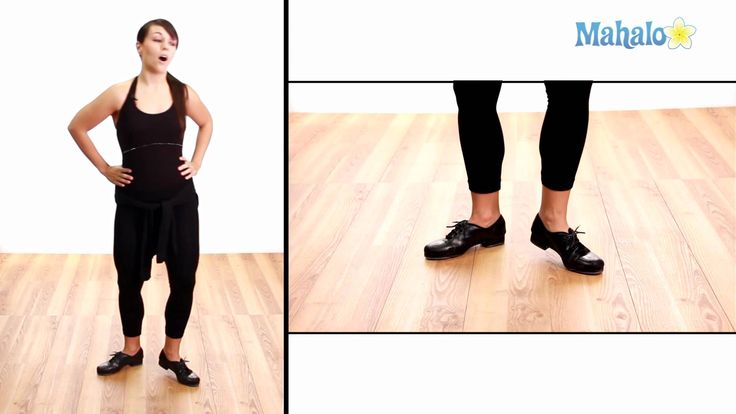 It was the same with rock and roll, the name of which actually means not so much “rocking and spinning”, but quite, completely different ... In youth jargon, the word “jerk” has another meaning, and it is translated as “masturbation” .
It was the same with rock and roll, the name of which actually means not so much “rocking and spinning”, but quite, completely different ... In youth jargon, the word “jerk” has another meaning, and it is translated as “masturbation” .
The technical basis of the dance
So, with the origin of the name and music, everything is more or less clear. It remains to find out the most important thing, namely, how to dance twerk. It's not as easy as it seems. As in any dance, it all starts with the position of the feet. They should be half-bent, which will provide a certain freedom of movement of the hips, namely, they play a major role. Then you should learn two main movements: "shake", that is, shaking, and "hip-roll" - rotation of the hips. Both have many options, but you need to remember that the shoulders must be kept at the same level. Having learned this rule, you can move on to the rotation of the upper body. It is performed in the direction opposite to the hips: if the chest turns to the right, then the buttocks to the left, and vice versa.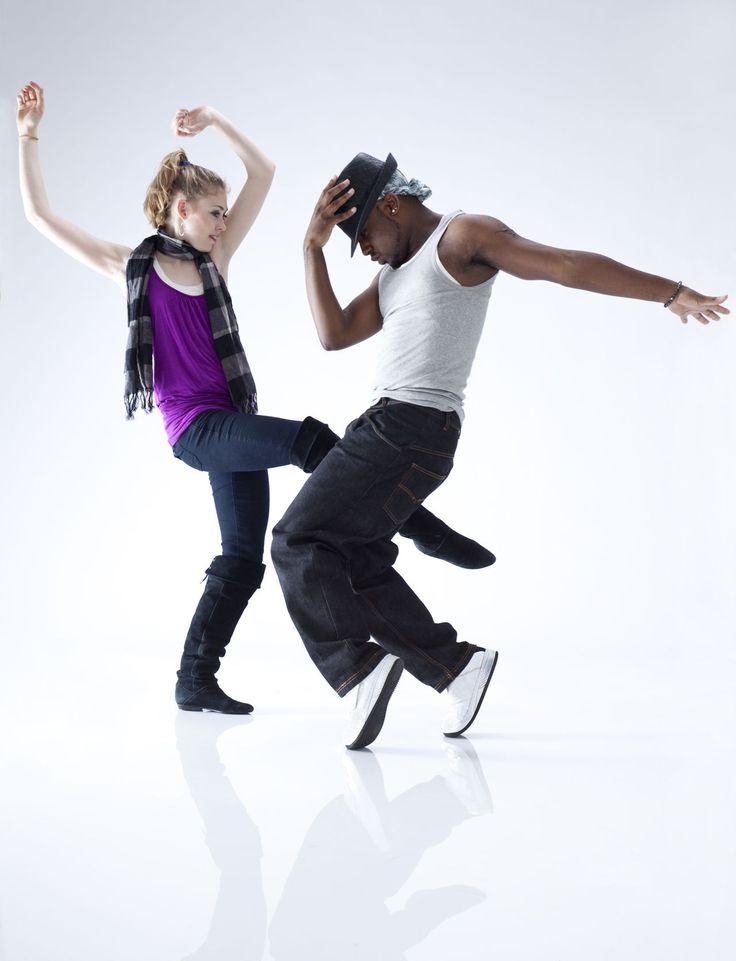
The twerk look
Mastering the right moves isn't everything. Twerk dance implies a certain image, which each of its performers strives to create. The erotic component of the movements is very important, and it goes beyond just correctly executed steps. In order to understand how to learn how to twerk, you need to feel this dance, feel like a correct and well-mannered girl for a while, who suddenly decided to come off to the fullest. This image is not for everyone, but it's worth experimenting. He especially suits those girls who have something to shake and twist, but there are many cases when skinny people achieve a 100% hit.
Undoubtedly, the benefits of that feeling of freedom and control over one's own body, which gives twerk. This is an energetic dance that requires emotional and physical tension to the limit, and sometimes beyond it.
How long the twerk trend will last is unknown. Perhaps it will be replaced by a new dance, even more expressive.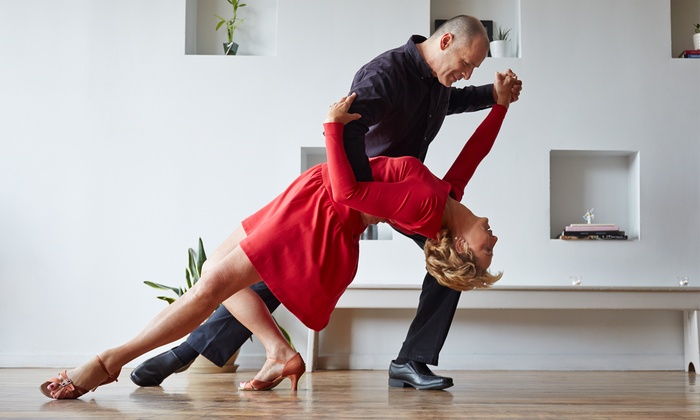 Wait and see!
Wait and see!
Partnership with humanitarian organizations - Fives Group
If the page is not displayed, please make sure that JavaScript is enabled in your browser.
- skip to content
- go to main navigation
As part of the concept of sustainable development, the Fives Group provides its employees with the opportunity to participate in humanitarian projects.
The Group has partnered with two non-governmental organizations, and this partnership enables Fives employees to participate in international humanitarian projects and programs aimed at protecting the environment. In this way, Fives employees can contribute to the fight against inequality and the protection of the environment.
These programs are collaborative - employees use their skills and time (short breaks of two to three weeks) to participate in humanitarian missions sponsored by the Fives group.
Frederick - Census of Animal Species in Waza National Park (Cameroon)
June 2007
Frederick, IT Procurement Officer at Fives Nordon, used his leave to participate in the Census of Animal Species in Waza National Park , Cameroon.
Waza National Park, a UNESCO Biosphere Reserve since 1982 covering more than 420,000 acres of acacia savannas, conducts a regular census of animal species in order to obtain more detailed information on their behavior, monitor population density and identify possible violations (poaching, epidemics, alien species, etc.).
Our group consisted of two people and a guide. We were given the task of rewriting all the animal species of Waza Park using a variety of methods. We recorded animals found within a radius of 200 m while moving along certain routes. Hiding under some tree, we observed for a whole day the animals that came to the watering place. We used SUVs, driving up to 150km a day, to make reports of animals that were hard to get close to: giraffes, wild boars, monkeys, gazelles, wading goats, mongooses, ostriches, birds, and lionesses.Too bad we didn't get to see any of the elephants as they had gone to water outside the park as it was the end of the dry season.
Our task was also to train guides in literacy and French. Endowed with a subtle perception and understanding of nature, they wanted to fully and intelligibly tell the visitors of the park about this.
This mission helped me to understand the importance of such humanitarian programs and to get to know the beautiful and wild nature of Africa. The information that we managed to collect is intended for international organizations and states participating in programs to save animals that are on the verge of extinction. It also allows you to explore the impact of animals on the environment and the life of neighboring villages.
The purpose of the mission was not only to census animals, but also to develop the economy of the surrounding settlements in the interests of the local population. "
November 2010
David, Service Manager at Fives, spent his holidays working at the community center for children “talibés” in Senegal.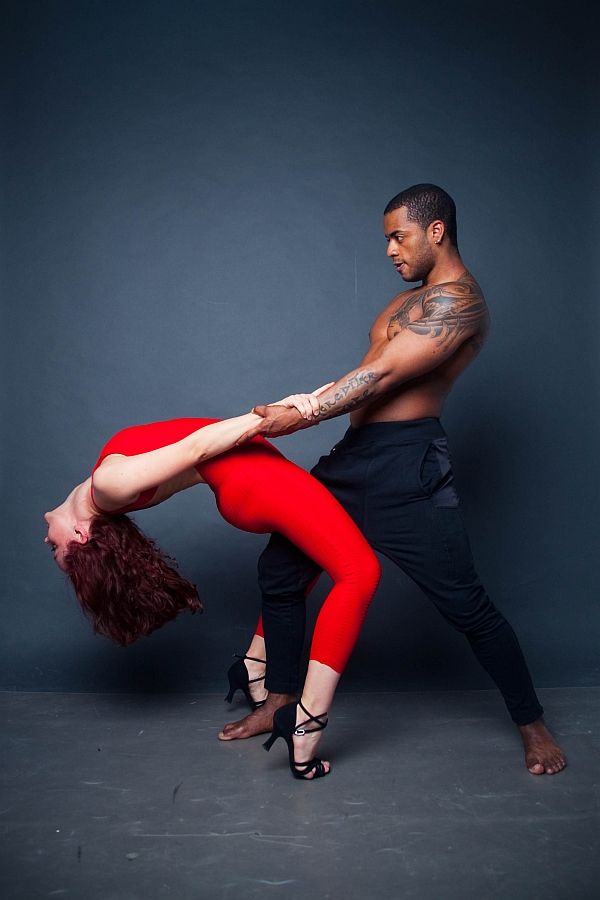
I have always loved Africa, but I have never been there! Being a great admirer of Malian music and literature, I wanted to get to know the culture of this country more closely and provide practical assistance in doing so, working with children whenever possible. But since it was not possible to go on a humanitarian mission to Mali, I opted for the city of Saint-Louis, located in the north of Senegal. I decided to teach at the preschool in the mornings and work at the community center in the afternoons, helping children known as “talibés” who do not go to school but are forced to beg. In Senegal, poor parents send their children between the ages of 3 and 14 to marabouts (religious teachers) to study the Qur'an in local religious schools (daara) and experience community life. However, this practice has become a good source of income for some mentors living in cities. They not only forced the students to live in poor sanitary conditions, but also forced them to beg on the streets in order to pay for their food and bring money.
Given the scale of the work, I soon concentrated all my efforts only on working with the “talibés” children, organizing meals and medical care for them. I had to teach them the basic rules of hygiene, as well as organize leisure activities for them to wean them from begging.
My working days were determined by the rhythm of African life: walking an hour to a community center, visiting eight local schools, each of which had 20 to 60 “talibés” children, cleaning what was called their housing and was in an indescribably dirty state, conducting medical examinations, distribution of medicines (in particular, antimalarial drugs), treatment of wounds and abrasions, distribution of normal food and, finally, various activities and games. After the shock of their living conditions wore off, I was struck by the high resilience potential of these children and their serious attitude towards life despite their young age. I'm still shocked by this. It would not be true to say that I was not shocked to the core by what I saw, but the impressions of immersion in the life and culture of an African country were exactly what I expected.I was not disappointed. I would like to do something like that again, maybe in Mali, which still attracts me. But the most difficult thing in this case will be to convince my wife to let me go!"
Vincent - Teaching Dalits Computer Literacy in Pondicherry, India
I was involved in an association that provides assistance to the Dalits, the so-called "untouchables" (the least protected social groups in Indian society). I had to train young volunteers in computer programs so that they, in turn, could educate the local population in computer literacy and help them get the necessary qualifications and appropriate jobs.
In Pondicherry, Tamil Nadu, I lived in an ashram. This is a secluded place for meditation away from the daily hustle and bustle. Every morning, on a rented bike, I arrived at 9:00 a.m. to the class allocated by the association for classes. Classes on the study of Word, Excel and PowerPoint programs continued until 14.00. I used the afternoon to prepare for the next class.My students quickly learned the program, and I even managed to go through additional material with them despite the language barrier - they spoke Tamil.
In India, you can easily get to know a lot of people: people are curious about foreigners and talk to them at ease. Contacts are established very quickly.
As an assistant, I also took part in an Indian film screening and it was great! The mutual solidarity of the Dalits made a great impression on me. When they manage to get rid of poverty, they can lead a normal life, but they prefer to help the same as themselves. This is an excellent lesson."
September 2007
Vincent, Subcontracting Manager at Cinetic Assembly, used his vacation to travel to South East India to teach computer literacy to Dalits.
July 2011
Ann Laure, Finance Officer at Fives Nordon, used four weeks of her vacation to teach French in Córdoba, Argentina.
As part of Fives' partnership with humanitarian organizations, I took part in an international mission to teach French in a Spanish-speaking country. Thus, my two passions coincided: learning foreign languages, I have a master's degree in linguistics (English and Spanish), and a love for Latin American culture, which arose after backpacking around the region.
It took me 31 hours to get to Argentina from Nancy (France). My assignment was to assist a French teacher at a public high school in Córdoba for four weeks.
At first it was difficult for me due to the lack of the necessary methodological skills, but I was helped by a local teacher who prepared exercises for me the day before.
I have worked with children aged 14 to 18. We did grammar exercises, worked out pronunciation, practiced slow reading, sometimes played and sang, although here I had to compromise with myself - Stromai's songs are more popular there than the music of my beloved Georges Brassens!
In the course of my work, I had to tighten my work schedule by taking extra lessons, as other teachers approached me and offered to work in two other schools, one of which was private.This gave me the opportunity to feel the difference between studying in a public and private school. So, for example, only in public schools classes are held in unheated rooms when the temperature outside drops below 0°C!
Argentina is still recovering from the financial crisis of the 1990s with very friendly, open and dignified people. The impressions from this trip exceeded all my expectations. I learned what it was like to be a teacher and developed very close friendships with both teachers and students. I was often invited to visit and taught to dance. I felt that special atmosphere that reigns in the football stadium - a place that is revered throughout the country!
I feel that I have done something useful by trying to instill in students the idea of the benefits of learning foreign languages. But the most important thing for me was the feeling that other people taught me as much as I taught them. "
Regis - computer literacy training in Dakar, Senegal
May 2007
Regis, automation project manager, participated in computer literacy training in Dakar, Senegal.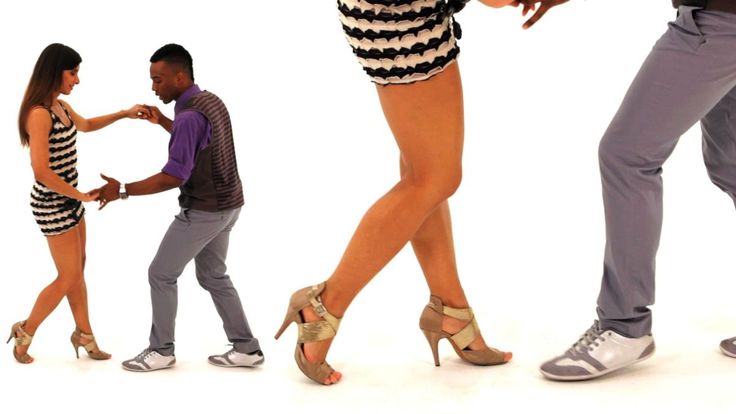
I had to teach a group of 9 people (employed and unemployed) how to use Word and Excel so that they could write letters, resumes, etc. and gain access to the labor market. They also wanted to learn how to use the Internet and e-mail. Given the low level of their schooling, I had to adapt my teaching methods. So, for example, I gave them texts on a flash drive, instead of dictating them. In addition, I had to adjust to frequent power outages, and I used my own computer to continue classes. At the end of the course, I ran a short quiz in which students completed page design exercises and emailed me the completed material. I was very pleased to see how my students, many of whom had never touched a computer before, successfully coped with the task. This work has strengthened my determination to help people in difficult situations, especially in Senegal, a country that I have known before and to which I have become very attached.”
May 2011
Romen, Project Manager for the IT department at Fives Nordon, spent two weeks of his vacation teaching development classes at a kindergarten in Tangiet, northern Benin.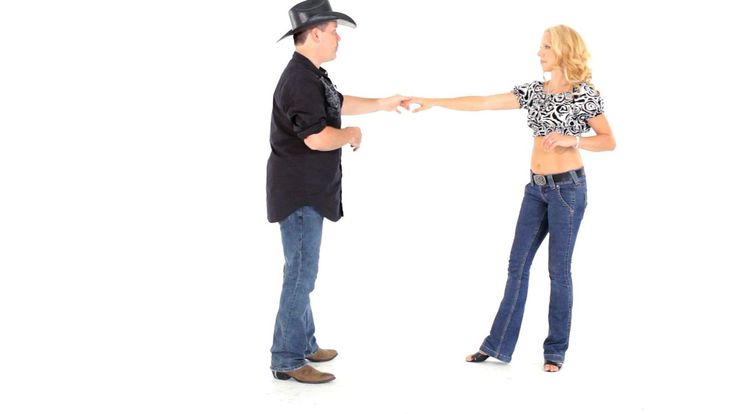
I have read a lot about the Fives partnership with humanitarian organizations and heard stories from my colleagues who worked in humanitarian missions abroad, and I wanted to take part in this project too. I decided to volunteer in a French-speaking country and work with children there, although my teaching experience was limited to coaching a football club when I was 18 years old. After a 48-hour journey from Nancy, France, to Cotonou and driving from south to north in Benin on a deafening bus that eventually lost its engine and sat idle for a day, I finally arrived in Tangieta. I had to assist the teacher in the state kindergarten and help the children, who were about 50 aged 4-5 years.
The children quickly got used to me. I worked with another volunteer from France and conducted development sessions to develop an interest in reading and numeracy. We played, drew, painted, made collages, made animal masks and prepared a pantomime performance, to which the parents were invited.A lot of parents came, which is quite unusual for these places.
To be honest, it was difficult to see any progress right away, since the children were still very young, and I was there for only a short time. However, the children's smiles and the words of gratitude from their parents told me that we had done something unusual, and parting with little Kemal, who came specially on Sunday morning to say goodbye to me, was the best gratitude.
My first time in Africa clearly showed me the differences that exist on different continents: I was very surprised to see how 4-year-old children return home from kindergarten without adults on the road with heavy traffic. I was struck by how the teacher told the children, "Remember to wash your hands thoroughly before eating and ask your parents to do the same." And, finally, I was sincerely surprised to see what joy the children showed when they received from me three small balls that I brought with me - insignificant things that are of no interest to us are highly valued there.I am a realist, but this job definitely changed me: I became more confident in myself and began to focus on the main thing faster.
I want to return to Tangieta and I continue to keep in touch with the staff of the NGO Action et Développement in Benin, who have done everything possible to make our work a success."
Karin - Promoting Science and Technology Programs in Madagascar
July 2008
Karine, Project Engineering Manager at Fives DMS, took advantage of her vacation to travel to Madagascar to conduct science and technology workshops in within the framework of the support program for education in French (SBM - Support to Bilingualism in Madagascar), supported by the European Union.
Madagascar is in dire need of qualified engineers, technologists and researchers, however, due to the insufficient equipment of schools (lack of textbooks, reference books, equipment for practical classes), students show less and less interest in scientific and technical disciplines.

My task was to train future teachers of the French cultural centers CLEF, opened in remote areas of Madagascar. The purpose of this training was to disseminate scientific and technical knowledge as widely as possible, to arouse interest in the study of natural sciences, to show the importance of such knowledge in everyday life and to promote the concept of environmental sustainability. The composition of the study groups was very diverse: children, school teachers, university professors, as well as farmers, artisans and housewives without education.
Initially, I focused on teaching students the scientific approach and pedagogical fundamentals (how to identify hypotheses, obtain information, conduct experiments and test hypotheses, interpret results, draw conclusions and expand the subject of study). I then proceeded to conduct simple experiments: making a compass out of a magnet and a needle in a bath of water, constructing a mini-rocket out of a spring, an aspirin tube, a PVC pipe, and a nail, to demonstrate the conversion of the potential energy of a spring into the kinetic energy of the movement of a mini-rocket.rockets. All this was nothing new to me, because while studying at the Technological University in France, I taught science seminars for children from the surrounding schools during the days of the science festival.
After completing this mission, I have unforgettable memories. In addition to the exceptionally kind attitude towards me from the side of the population and hospitable hospitality, I will always remember the eyes the children looked at me with - they so wanted to learn everything. I think I will definitely return to Madagascar and again offer my help to the local association."
Thierry - teacher and craftsman training at Natitingou Technical Training Centre, Benin
January 2008
Thierry, Mechanical Engineer at Cinetic Machining, took advantage of his leave of absence to train teachers and craftsmen at the Vocational Training Center (VTC) in Natitingou, Benin.
Natitingou CPA offers a three-year professional development program in the field of mechanical design for mechanical engineering.
Initially, my task was to provide technical support to teachers and masters at the CPA to help them teach beginning students the basics of general mechanical and automotive engineering. However, since some of the equipment was missing and some was outdated, I had to repair the machines and train the trainees in maintenance work.
Every day, I used my knowledge to take apart equipment and make parts for it. I lubricated, adjusted, and reassembled a dozen broken machines, from a small lathe to a drilling machine inhabited by bees and mice. I completely refurbished a car lift, which, after being repaired and tested with a school car, immediately became the subject of everyone's attention. No one has seen it in action since it was installed 13 years ago!
While the experience was certainly rewarding, I was left with the feeling of a job not done. I would have liked to have done more, but there was not enough time, as it took me seven hours to travel 310 miles by bus to replace the broken brushes on the drill! As a rule, there is always something missing in the CPU, so I continue to help them by sending spare parts, manuals and school supplies.I consider this as my contribution to improving the learning conditions for the students of this center."
Laurent - Teaching Program at the French Language School in Tanguiet, Benin
July 2008
Laurent, a development engineer at Fives Cail, took part in a French reading and retelling program at the school, located in Tangiet in northern Benin.
Schools in Tangieta tend to have overcrowded classrooms and this often prevents teachers from delivering meaningful classes, taking into account the level of knowledge of each student and providing them with individual assistance. During the school holidays, I had to work with a group of 18 children aged 8 to 11 who were experiencing learning difficulties. The aim of these sessions was to help the children improve their knowledge of French, a language that is essential for successful learning, since that language is taught in schools, and to teach them to read in accordance with the curricula in place in Benin.

My working day started around 8 o'clock in the morning with a review of what I had learned and reading texts for comprehension. For this, I used books with children's fairy tales, games and school supplies purchased with charitable donations from Fives Cail employees. The afternoon activities were more entertaining: word games, motor skills development, song learning and sports games.
Since the level of students' preparation was rather low, I had to start from the basics: the alphabet, the definition of vowels and consonants, breaking the word into syllables. The motivation and conscientiousness of the children, as well as their respect for the teachers, made my work much easier.
In addition to numerous invitations from the families of the students, the teacher and the director (unfortunately I could not accept all the invitations due to lack of time), my "status of a teacher" allowed me to take part in the celebrations held on the day of the national holiday of Benin, as an honorary guest along with the village elders.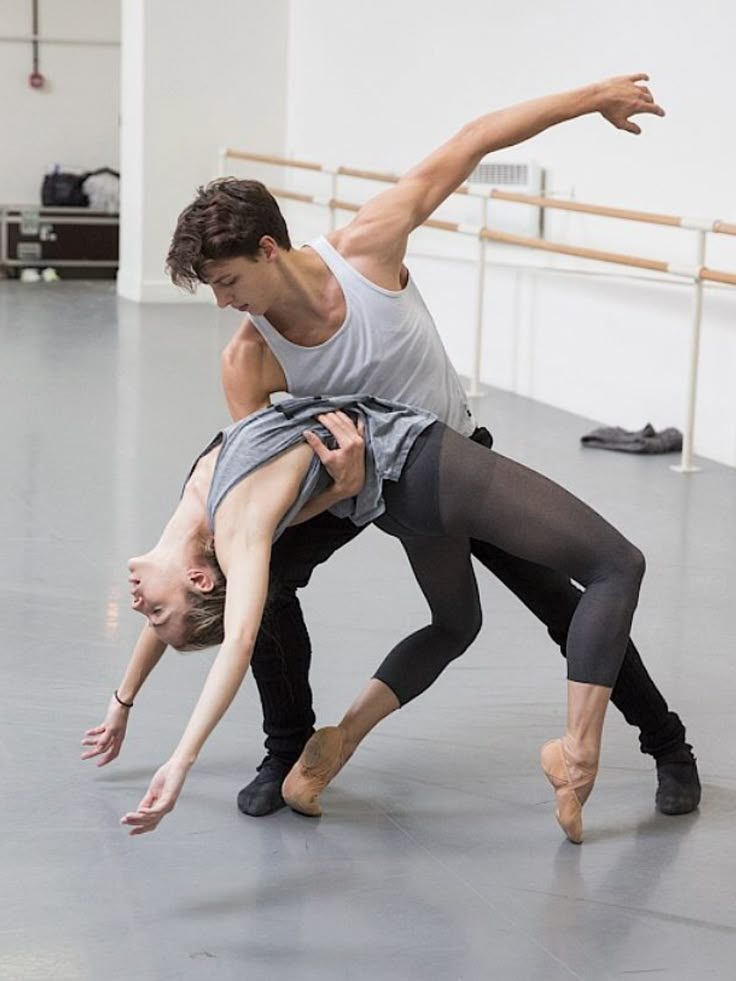
For the first time I acted as a mentor and teacher. This mission allowed me to discover African culture and meet friendly and welcoming people. I got a useful experience: despite the difficult living conditions, the children were always in a cheerful mood, and this really makes you think. And, according to one family, whose members asked me not to leave, their daughter has changed a lot after my classes. I think that my teaching has benefited the children, and the task has been fully completed!"
Philippe - Ecotourism Development to Promote Tata Somba Buildings, Benin
March 2008
Philippe, Commissioning Specialist at Cinetic Automation SA, participated in the Ecotourism Development Program to promote Tata Somba Buildings ”, traditional multi-room dwellings made of mud and cow dung in northern Benin.
The architectural heritage of Benin includes residential buildings of various types.
The most famous of these are the so-called "tata somba" (mud "castles" or multi-room dwellings), built of mud and protected by a layer of cow dung.
Tourists do not often visit villages with traditional buildings "tata somba", which are not yet widely known, and therefore local residents do not have tangible income from tourism. As a member of the Ecotourism Development Association, I helped the villagers of Kussukoingu village, which has traditional tata somba dwellings, showcase the village's attractions, promote the destination in the tourism community, and make sure that the income from tourists goes to the homeowners.
My trip was organized with the assistance of the association "La Perle de l'Atacora" ("Pearl of Atacora"), which promotes cooperation between tata somba owners and guides. I assisted the members of the association in solving administrative tasks, in particular, I took part in compiling a book of local legends and tales, and also prepared advertising information about the sights of the village for placement on the Internet and hotels.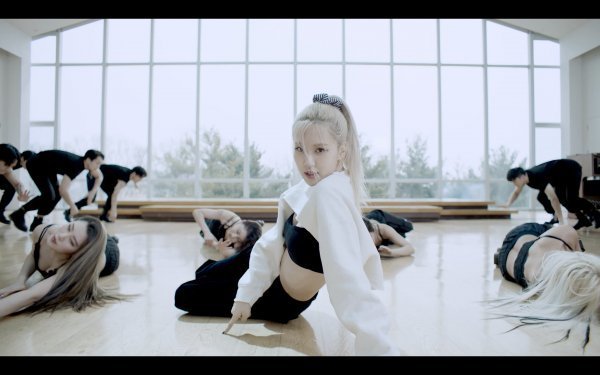
I have been on walking tours with ecotourism guides, adding to their knowledge, giving advice on how to keep tourists safe and suggesting improvements to some tour routes. In addition, I was able to test the effectiveness of my recommendations in practice thanks to the arrival of six instructors for tourists from the United States.
Signs have been put up informing tourists about the possibility of visiting local cultural heritage sites and purchasing local handicrafts.
It turned out that children are an excellent source of motivation for parents and dissemination of useful information among local residents. They are well aware that their village should be clean and hospitable. Largely thanks to them, the owners of "tata somba" began to dig holes and burn garbage there so that it would not be blown around the village by the wind.
I was especially struck by the local women: despite the general difficulties of everyday life (lack of running water and electricity) and hard daily work (collecting firewood and water, selling in stalls at the local market, cooking, caring for children and working in the field), they with a huge worked hard in the association.Women and children were the first to realize all the benefits that they can get from the development of ecotourism."
Pascal - analysis of the socio-economic needs of villagers in the Benue National Park, Cameroon
June 2009
Pascal, Deputy Branch Manager of Cinetic Machining, conducted a socio-economic study and analysis of the needs of the villagers of the Benue National Park in Cameroon.
Benue National Park has developed a development program aimed at improving the living conditions of the local population and involving them in activities to preserve the flora and fauna of the park. As part of this program, I conducted a socio-economic study of one of the 23 villages located within the park, in order to identify the needs and wishes of its inhabitants. The park participates in the co-financing of projects implemented in the interests of the villages in exchange for the participation of their residents in the work of the park.
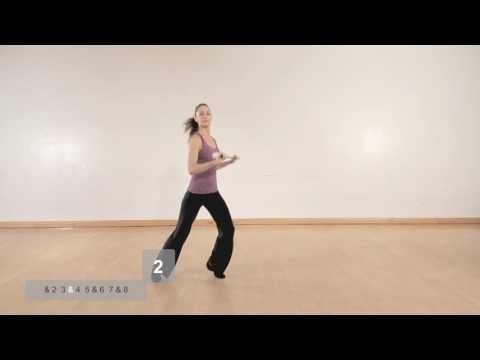
First, I met with the elder of the village and its inhabitants to draw up a general plan of the village, for this, each resident marked the boundaries of his house and plot on a plan drawn on the ground. After that, with the help of an interpreter, I conducted individual interviews with each of the 230 residents of the village of Ganani Dina. The survey was conducted in a predetermined order: first men, then women, then young people under the age of 20. The purpose of these surveys was to assess the standard of living, determine the needs of local residents, their relationship with residents of other villages, the characteristics of living near a wildlife park, etc. I also got the opportunity to conduct a census. With the help of an interpreter, during the interviews, comical situations were discovered, for example, one married couple, a 35-year-old husband and an 18-year-old wife, announced that they had a child at the age of 12!
Based on the results of the study, I presented the villagers with a report and calculations (estimate, schedule, financial contributions from each side) necessary for the implementation of projects such as drilling wells, repairing a mill for grinding grain, creating a health fund in the village, etc.
This was my second trip as a Planète Urgence volunteer, and this time I was much more satisfied with the work I did than my first mission with the Benin nature reserve. It allowed me to get to know the daily life of the villagers better, to better understand their way of thinking and to share their worries. My most vivid memory is the exchange of gifts after presenting my report to the villagers: we gave them 50 kg of rice, and they gave us a live chicken. Well, most of all I remember the jubilation of the village children, who received a soccer ball from us as a gift!
When you see that such simple things bring great joy, the only desire left is to go back as soon as possible!"
Ann Lohr - Helping Phnom Penh Orphanage, Cambodia
November 2009
Ann Lohr, Purchasing Director at Fives Nordon, traveled to Cambodia to help an orphanage in Phnom Penh during her vacation.
I have always been attracted to humanitarian work, but all my involvement was limited to my work as a Red Cross volunteer during my student years.
The collaboration of Fives with humanitarian organizations made my dream come true: to travel to Asia, a region where I often traveled as a child, and to help the local population. So I spent two weeks in Phnom Penh, the capital of Cambodia, in a Christian orphanage that housed twenty small children ranging in age from six months to five years old. As a rule, they all suffered from mental retardation or had physical disabilities. I had no experience working with children, and I panicked a little when I found out about it, but on my first visit to the orphanage, everything fell into place. When three babies run to you and ask you to pick them up, everything else comes by itself.
And yet, at first, I felt overwhelmed, not always understanding how to deal with children with such serious diseases that can sometimes harm themselves. Or how, for example, to drink a child with a congenital cleft lip and palate? In this case, it is better not to ask yourself unnecessary questions, but simply act.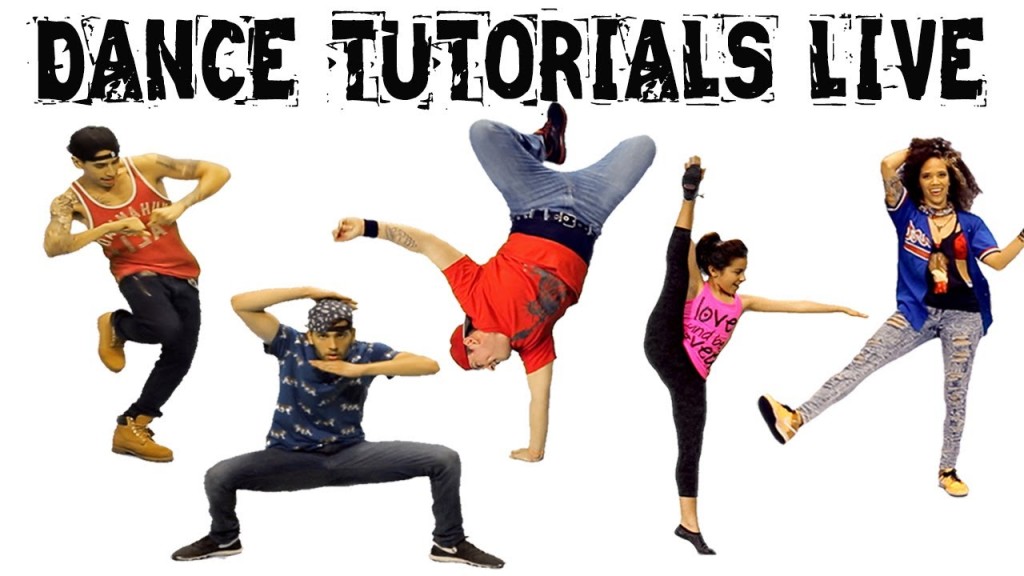
Every day I distributed food (five times a day) and played with them, but always in the shelter, without going out into the yard or garden. Therefore, some children spent the whole day on the balcony, and for them it was the only way to see how the outside world lived. Yet these children, looked after by sister nuns, staff and volunteers, often from France, were always clean and fed, and treated better than anywhere else.
Working at the orphanage, which was a kind of shock for me, helped me understand how lucky we are in life. Very soon you begin to look at life in all its versatility and understand the true value of things.
It's been almost six months since my return, but I'm still haunted by the memories of the children I've worked with. I dream of returning there to give another piece of my time and my energy to these children. I went there to give, but in the end I got more than I gave."
Perrine - Accounting Training in Cameroon
September 2010
Perrine, Purchasing Specialist at Fives Stein, participated in an Accounting Training Program for Women's Rural Development Charity in Yaoundé, Cameroon .
As a procurement professional, I have often traveled to Asia and seen the conditions in which people work and live in low-income countries. Undoubtedly, it was this circumstance that prompted me to decide to devote some of my time to working to improve working conditions in one of these countries, choosing for this a project related to vocational training.
I decided to give accounting training to the Cameroonian Women's Rural Development Charity (ACAFIA) in Yaounde. This organization consists mainly of women working as agricultural machine operators. The organization contributes to the discussion of issues related to improving the living conditions of rural communities, for example, by funding courses on advanced planting and harvesting technologies aimed at increasing productivity. The organization supports women in agriculture and seeks to increase their participation in the country's economic development. She also set up a system of payments to the social security fund, which provides material support in certain situations, such as marriage, illness or death.